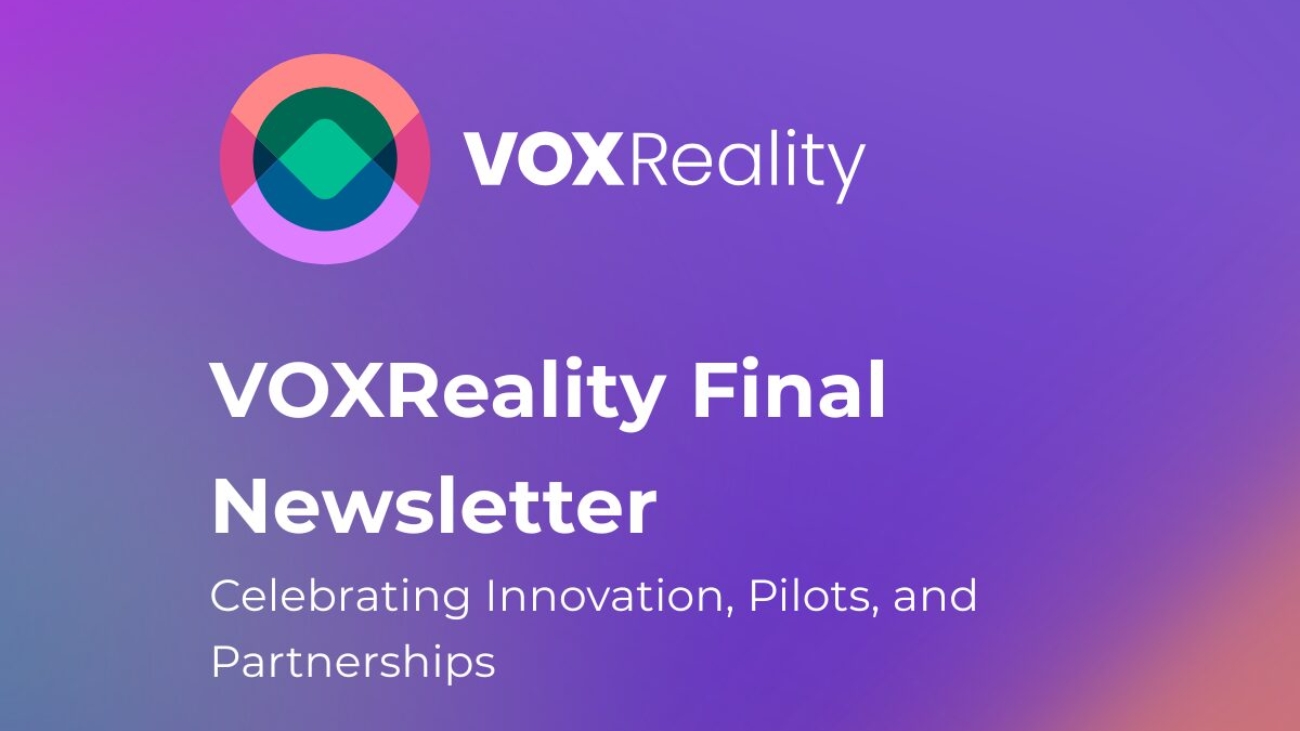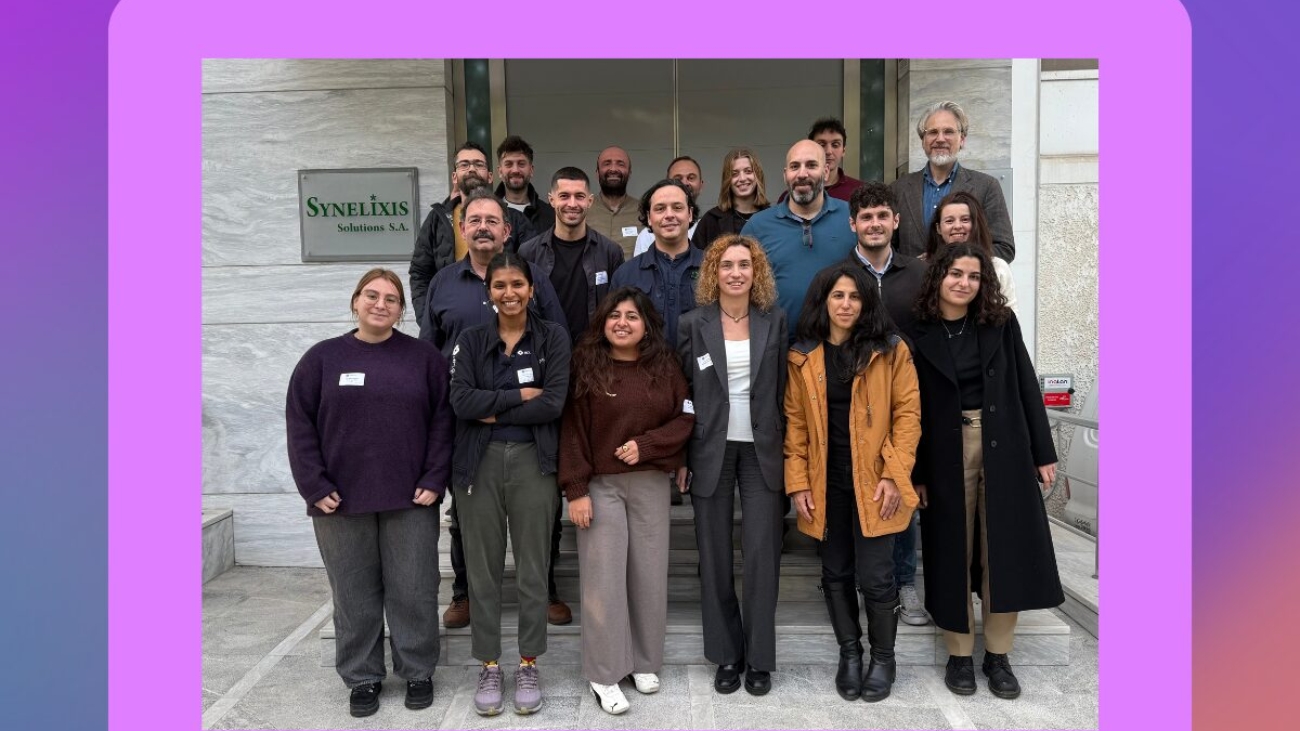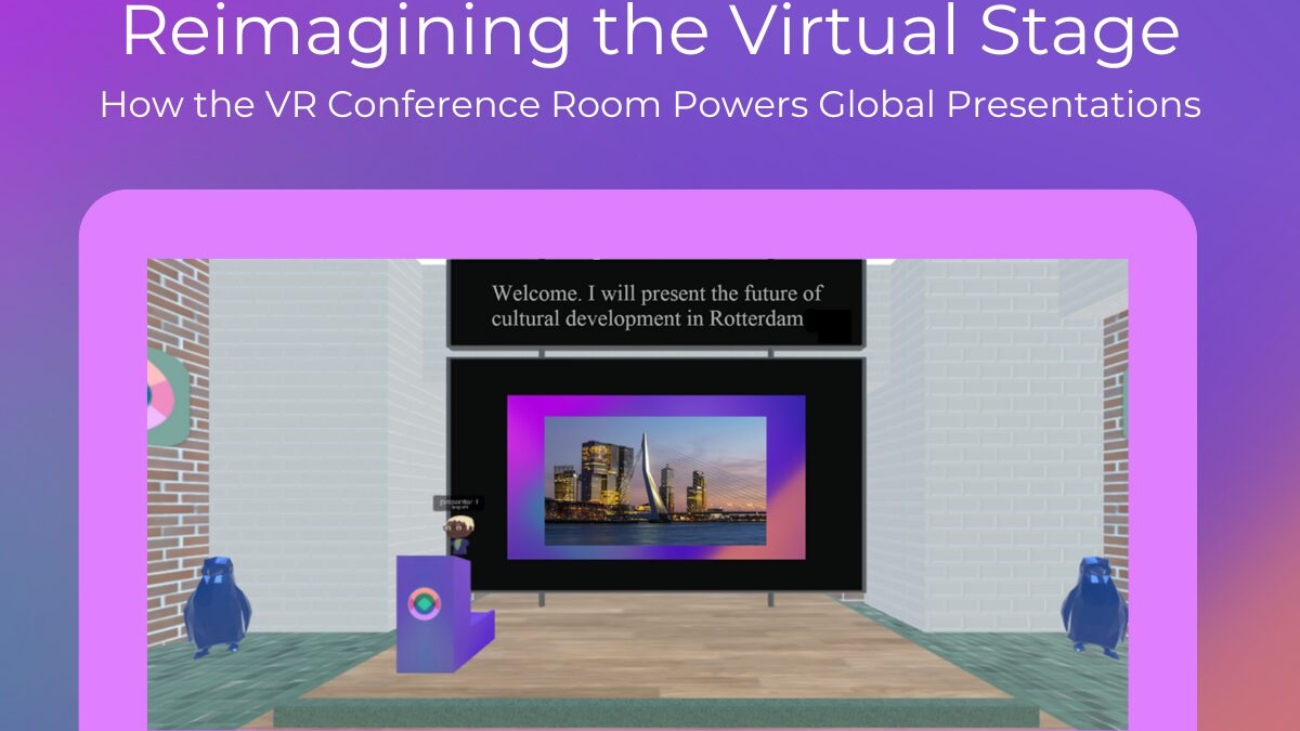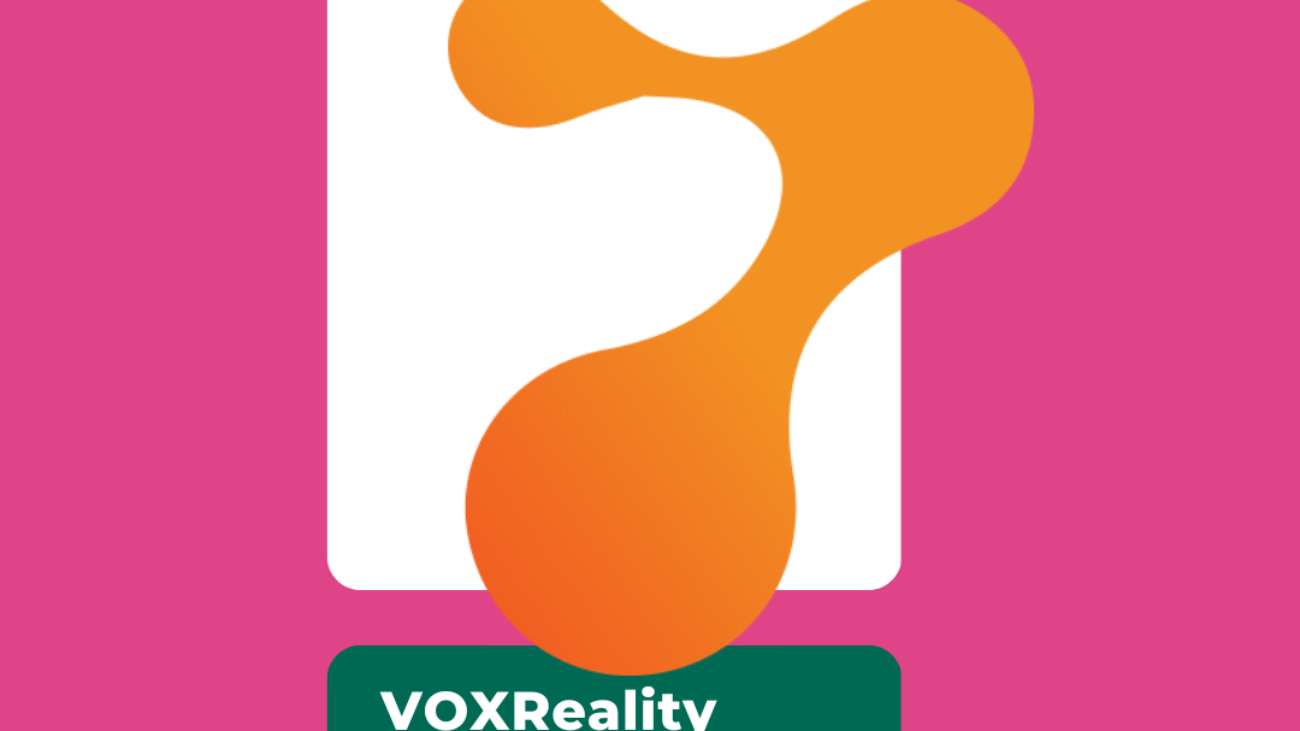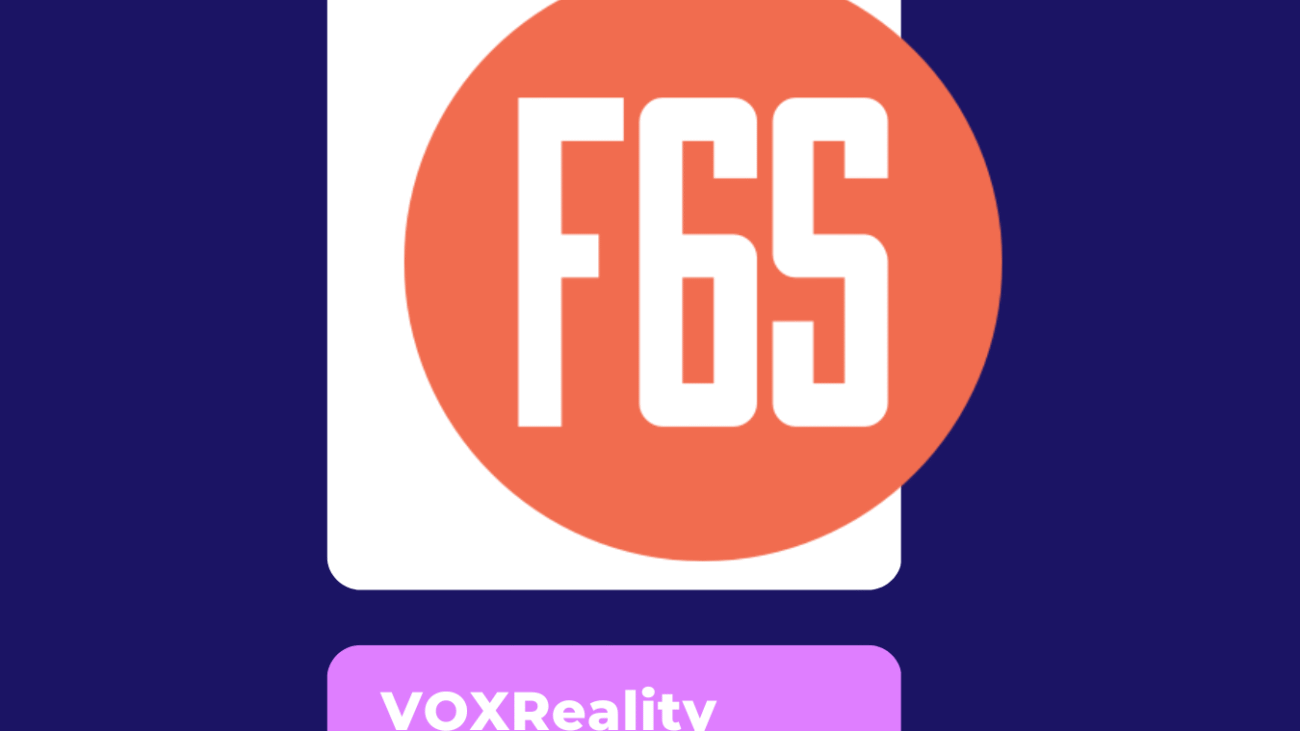In this interview, we explore how the Athens Epidaurus Festival (AEF) navigated the delicate balance of integrating AR and AI into the high-stakes environment of live theatre. From delivering real-time multilingual captions to seamless visual effects, the Festival team discusses the challenges of “synchronizing the digital and physical layers” and how audiences reacted to this new medium. This conversation highlights a future where technology enhances accessibility and artistic expression without ever losing sight of the core theatrical experience.
Looking back on your journey with VOXReality, what do you consider the most significant achievements or milestones for the Augmented Theatre use case?
There were several significant achievements during the Augmented Theatre use case. Over the past three years, we gradually succeeded in integrating Augmented Theatre into a theatrical performance. From the internal pilot to the first iteration of the AR use case to the performance Hippolytus (in the arms of Aphrodite), the VOXReality team managed to overcome all technological and practical limits complying with high artistic demands and respecting theater as a medium. The implementation of the public pilot and the performance Hippolytus (in the arms of Aphrodite) marked the key milestone, demonstrating that AR can be used in the theatre industry both as an invaluable accessibility tool that can substantially increase an organisation’s outreach and as a narrative tool for theatre creatives.
How has participating in VOXReality influenced AEF’s approach to integrating technology (such as AR) into future theatre productions or audience engagement strategies?
Participation in VOXReality strengthened the Festival’s perception of AI and AR technologies both in terms of design and production. Through this project, the Festival gained valuable experience in collaboration between artistic and technological teams, as well as in managing complex XR productions. This stands true for both components of the AR theatre use case: the multilingual captions and the VFX that can be integrated in future live performances both separately and jointly. This experience also paves the way for future AR theatre applications that enhance accessibility and inclusion, always with respect for the core of the theatrical experience.
What were the main challenges your team faced during the development and testing phases, and how did these experiences shape your understanding of AR’s role in live theatre?
The greatest challenge stems from the fact that the VOXReality team had double goal of delivering a technically successful pilot while also respecting the basic core values of theatre for creatives as well as audiences, as well as live performances do not “pause” when technology encounters difficulties. Ensuring that the digital and physical layers of the pilot run smoothly and that the synchronization between the two layers was as precised as possible has been the main focus of our efforts. Adding to that, limitation of AR equipment added an extra challenge both during the development and the implementation of the use case.
From an artistic and audience perspective, what kind of feedback or reactions have you received that best capture the impact of the Augmented Theatre experience?
This experience highlighted that AR in live theatre has significant potential for dramaturgy and artistic creation. This was also evidenced by the audience embracing the experience with enthusiasm, highlighting the creative “dialogue” between the live and digital worlds. Particularly the feedback of our use case was overwhelmingly positive with more participants showing strong interest in the emerging AR theatre medium. The audience in its majority referred to the sense that the technology did not distract attention, but rather enhanced the emotional and interpretive engagement with the performance. The reaction to VFX was almost unanimously positive.
Moreover, participants highlighted the value of personalized captions that allowed them to delve deeper into the text and feel closer to the theatrical experience.
It is characteristic that in the very few cases that technical issues were encountered (i.e. a small observable latency), the overall impression and experience remained positive enough for the audience to proclaim that they would definitely repeat the experience.
As the project concludes, what are your hopes or next steps for continuing or expanding the work initiated through VOXReality?
Athens Epidaurus Festival is dedicated in utilising the tools and lessons learnt of VOXReality to increase its accessibility features over the next few years through automatic caption delivery, especially as AR equipment becomes more readily available. We consider that this project has given the Festival a strong headstart into innovative technologies that will surely become more popular in the future.
Our hope is that this first successful step into AR and XR will be followed by many other projects and will be embraced by existing new audiences.

Elena Oikonomou
Project manager for the Athens Epidaurus Festival, representing the organization in the HORIZON Europe VOXReality research project to advance innovative, accessible applications for cultural engagement. With a decade of experience in European initiatives, she specializes in circular economy, accessibility, innovation and skill development. She contributes a background that integrates insights from social sciences and environmental research, supporting AEF’s commitment to outreach and inclusivity. AEF, a prominent cultural institution in Greece, has hosted the renown annual Athens Epidaurus Festival for over 70 years.







